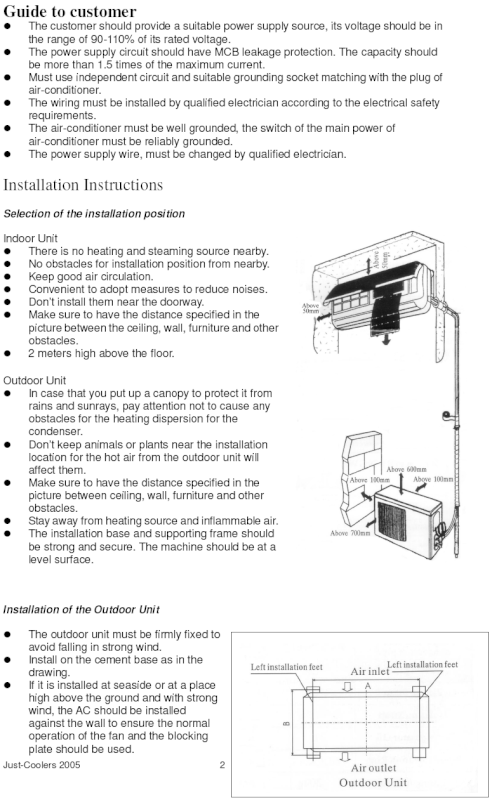
Do not let your Air Conditioning blow your cash away. Use these suggestions and pay less to cool your house this summer season.
Running the air conditioning can make an electricity costs skyrocket, but the alternative isn't pretty, either. Thankfully, there are a couple of ways that you can assist your a/c run better and conserve you cash as the summer season development.
Quit cooling the area
If your house isn't brand name new, the cold air inside it is most likely seeping out into the neighborhood through used door and window seals, an inadequately insulated attic and other tricky fractures.
To see how well your house is keeping in the cold, register for a home energy audit with your energy supplier or a regional specialist. A licensed house energy rater or auditor will examine your home for leaks and suggest the best method to make your home more energy efficient.
Do not want to spring for an audit? Do a mini-audit yourself. Stand outside your home and air conditioner contractors edmonton run your hand along windows and doors. Can you feel the cold air leaving? If you do, caulk around dripping windows and add insulation around doors.
Make an upgrade
If you have not updated to a wise thermostat-- such as Ecobee, Lyric, Lux or Nest-- it's time to make a modification. Smart thermostats can regulate cooling and heating when you're not home to save cash. Plus, you can adjust the settings remotely utilizing an app on your phone. Some even work with Amazon Alexa, Samsung SmartThings, Apple HomeKit,
Wink, Google House and other clever house platforms. Here are the best wise thermostats of 2017 to assist you make the best choice for your house.
Make sure your thermostat is on the best wall
Thermostat positioning can play a big part in how well your a/c works. If you put it on a wall right next to a hot window, for example, your air conditioning system will kick on far more typically than it needs to because it will think the space is hotter than it really is. Here's how to pick the ideal wall for your thermostat.
Close the blinds
A window letting in the hot sun won't simply heat up your thermostat, it'll warm you up too. During the hottest part of the day, close your window blinds and stay out the sun. It can also assist insulate your windows, which stops the cold air from escaping.
Sometimes you don't require to amp up the thermostat to feel cooler. According to the National Resource Defense Council (NRDC), using a ceiling fan can make a space feel 10 degrees cooler and utilizes 10 percent of the energy of a central air conditioning conditioner.
If you desire to get modern, you can set up smart ceiling fans that connect to an app. You can arrange the times when these fans turn on and off, and you can manage their speed without standing on your tiptoes.
Raise the temperature level
Lots of people believe that leaving the a/c unit at the exact same temperature level when you leave your home conserves cash because the AC will not require to work as tough to recool the house. This isn't the case. NRDC senior energy policy supporter Lauren Urbanek states that the most inexpensive method to use your a/c is to turn the thermostat up when you leave the house.
Air conditioning systems run most efficiently at full speed throughout longer amount of times. So kicking it on a lower temperature when you get house will save you more money than the A/C cycling on and off while you're away.
A programmable thermostat can make it very simple to keep your Air Conditioner at the best temperature level. You can program the unit to work at higher temperature levels while you're at work and cool down right before you get house.
Setting low is a no-go
Always set your thermostat to the greatest temperature you can stand to save the most money. Even a small change in the temperature can conserve you huge dollars.
You can conserve 10 percent a year on your cooling bills by setting your thermostat simply 10 to 15 degrees greater for eight hours every day, according to the Nebraska Energy Workplace. The United States Department of Energy recommends going for an indoor temperature of 78 degrees F when you're at home.